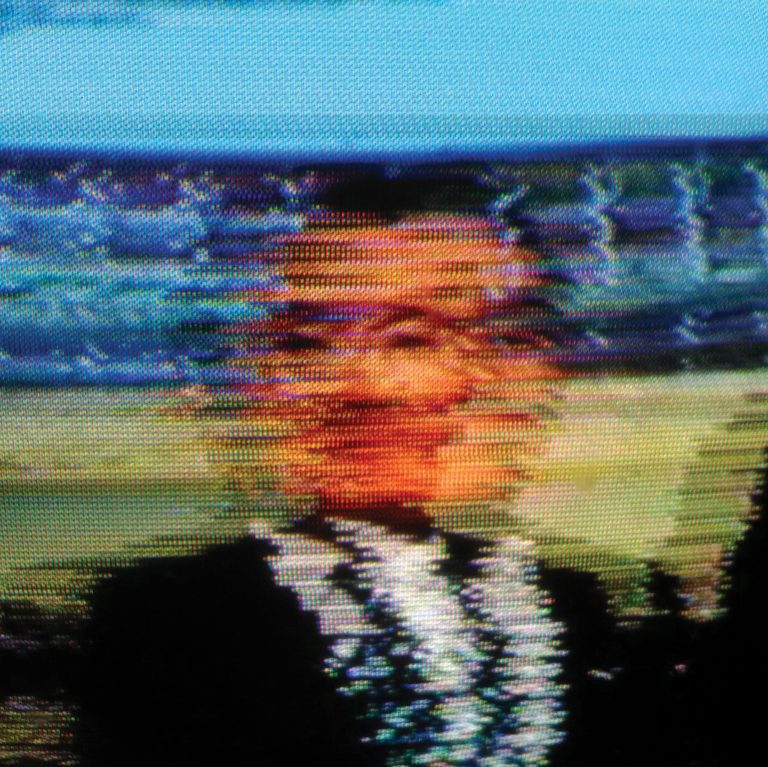
PEN012: Sunshine Has Blown - Sunshine Has Blown LP+CD (sold out at source)
2022 reissue of the now cult classic 2006 CDr release by Australian improvisers Joel Stern and Adam Park:
Observers, due to the location of the site, would always be in movement and their impressions would become an experience in space—time. They would see slab-like forms in ever-changing relationships. Private sensation would be obvious from the play with the relationships of size and position of the planes and the employed and implied forms and tensions between them.
– James Birrell, A Life in Architecture: Looking Beyond the Ugliness
I was first introduced to the record Sunshine Has Blown in 2010 by my dearest friend Rich. It was a record then in which – even in its most irreversibly compressed form — still had a Benjaminian aura about itself. I recall upon my first listen the archaeological approach to its shape and form – as if these musicians were excavating lost sound objects beneath a dense sonic field that had previously been interred. There’s a kitty-cornered concentration on event, space, and moment in history (the track titles themselves resembling almost carbon-dated documentations of each vamp) that feels like a brown study on ekstasis.
Unlike perhaps the more formal peers of its time period in the broader catalogue of electroacoustic improvisational music, Sunshine Has Blown is situated with a drollness that is more akin to the celestial antics of the Taj-Mahal Travellers than the more inkhorn swotting of AMM. This is neither meant as glib irreverence nor fanatical idolism; rather, it is merely a commentary on its execution of style. There is a ludic intensity to this music that erupts through the freeform transmissions of its jaunty obversion of symbols – seemingly every creative instinct being guided away from itself by the fervent spirits of its earthlike grounds. In an essay on the subject of the syncretic nature shared between musical expression and body-motion in reference to Aristides Quintilianus’ De Musica, Albrecht Riethmüller writes: “‘Body’ can refer to at least three things: first, to every real (that is, without transferred meaning) body that participates in making sound; second, to the planets or stars, insofar as they not only are a paradigm for the motion of all bodies but also embody the harmony of the spheres; and third, to the human body, insofar as it participates in musical processes or the production of sonic phenomena (p. 153).” This kinesthesis between raw and organic matter, haptic sensation, and environmental shifts is based on a concept of rhythm that can be defined as “…a system of chronoi (time elements or ‘times’) that are arranged in some order (p. 155).” Taking this ancient Greek theoretical approach to music as a prefatory inquiry thus offers key insights into the anima of this record.
If there is one core ambition behind this music that is synoptic of its contents therein, it is an ascetic meditation on texture. Between its phantom-like undertow of tape hisses and gnarled electronics, sporadic percussive chants of thumb pianos and drums, and the recycled echoes of extended techniques on trumpet and found objects, there is truly an amalgam of sounds here that somewhat recalls the ancient cultural practices of shadow play. As much exploratory as it is diegetic, Sunshine Has Blown is a record to put on when one is in need of a nautical almanac. Included in this remastering are two additional pieces – one of which is a shorter, alternate version of the second track as well as a two-part, longform piece that makes additional use of lap steel guitar and banjo. Both, however, further engrave at the surface of sound as new imaginings continue to vanish and reappear.
Edition of 150 LPs with full color labels and jacket, including an insert with liner notes by Christoph J. Harris and attached glass-mastered CD featuring all of the tracks on the LP plus three previously unreleased tracks. Artwork by Michael Donnelly, remastered by Jos Smolders.